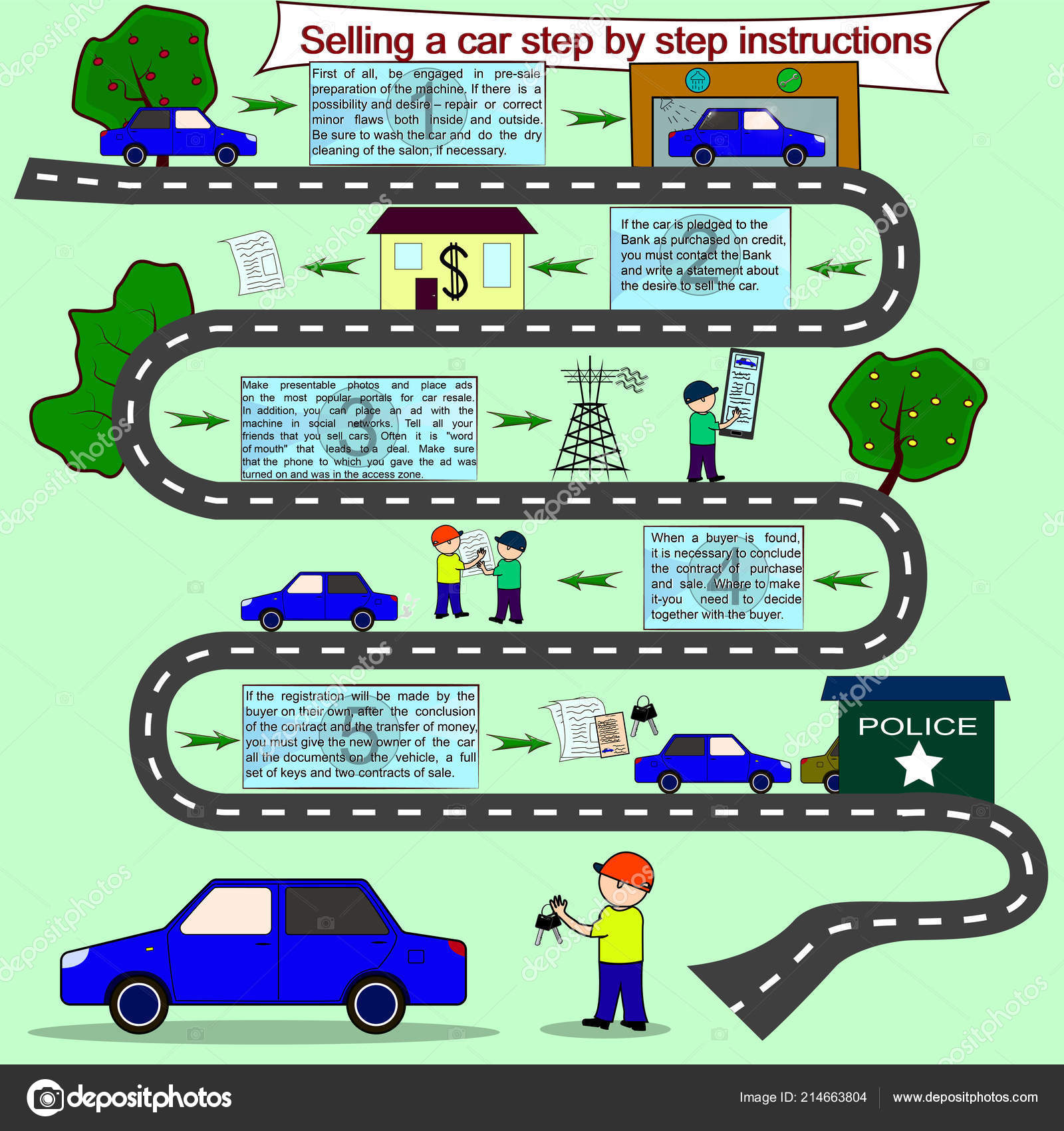Wondering About The Definition Behind Those Dashboard Warning Lights? Gain Insights Into Their Effects For Your Car'S Security And Maintenance
Wondering About The Definition Behind Those Dashboard Warning Lights? Gain Insights Into Their Effects For Your Car'S Security And Maintenance
Blog Article
Content Produce By-Sykes Stark
When you're behind the wheel, those beautiful caution lights on your control panel can be a little bit complicated. Do you recognize what they're attempting to tell you about your cars and truck's health and wellness? Understanding the significance of these lights is essential for your security and the long life of your car. So, the next time among those lights pops up, would not you want to decipher its message accurately and take the required actions to resolve it?
Common Caution Lighting and Interpretations
Recognize common warning lights in your car and recognize their meanings to guarantee risk-free driving.
The most normal caution lights consist of the check engine light, which signals concerns with the engine or exhausts system. If this light comes on, it's crucial to have your vehicle inspected without delay.
The oil pressure advising light suggests low oil pressure, needing immediate focus to stop engine damage.
A blinking battery light could recommend a malfunctioning charging system, possibly leaving you stranded otherwise addressed.
The tire pressure monitoring system (TPMS) light alerts you to reduced tire pressure, influencing car security and fuel efficiency. Disregarding this might lead to unsafe driving problems.
The abdominal light indicates an issue with the anti-lock braking system, compromising your capability to quit quickly in emergencies.
Finally, the coolant temperature level cautioning light warns of engine overheating, which can cause serious damages if not dealt with promptly.
Understanding these typical warning lights will certainly help you attend to issues without delay and maintain risk-free driving conditions.
Relevance of Prompt Interest
Recognizing the usual caution lights in your car is just the first step; the significance of immediately dealing with these warnings can not be emphasized enough to ensure your safety and security on the road.
When a warning light illuminates on your dashboard, it's your cars and truck's method of communicating a potential concern that requires interest. Overlooking these warnings can cause more severe problems later on, compromising your safety and possibly costing you more in repairs.
Trigger focus to cautioning lights can stop failures and crashes. For https://www.kbb.com/car-news/tesla-officially-delays-cybertruck-roadster-budget-model-2/ , a flashing check engine light can indicate a misfire that, if left neglected, can cause damage to the catalytic converter. Resolving this immediately can conserve you from an expensive repair work.
In a similar way, a brake system cautioning light might signal low brake fluid or worn brake pads, crucial parts for your safety when driving.
Do It Yourself Troubleshooting Tips
If you observe a warning light on your control panel, there are a couple of do it yourself repairing suggestions you can attempt prior to looking for specialist assistance.
The initial step is to consult your cars and truck's handbook to understand what the details warning light shows. In some cases the problem can be as easy as a loose gas cap activating the check engine light. Tightening up airport car detailing might fix the issue.
Another typical concern is a low battery, which can cause different alerting lights. Checking the battery links for corrosion and guaranteeing they're safe might repair the issue.
If a warning light persists, you can attempt resetting it by disconnecting the vehicle's battery for a couple of minutes and after that reconnecting it. Additionally, checking your automobile's fluid degrees, such as oil, coolant, and brake liquid, can help fix warning lights associated with these systems.
Conclusion
In conclusion, recognizing your cars and truck's warning lights is crucial for maintaining your lorry running efficiently and safely. By promptly addressing these alerts and recognizing what they imply, you can avoid pricey fixings and potential failures.
Remember to consult your cars and truck's manual for certain details on each advising light and do something about it as necessary to make certain a hassle-free driving experience.
Stay notified, remain secure when traveling!
